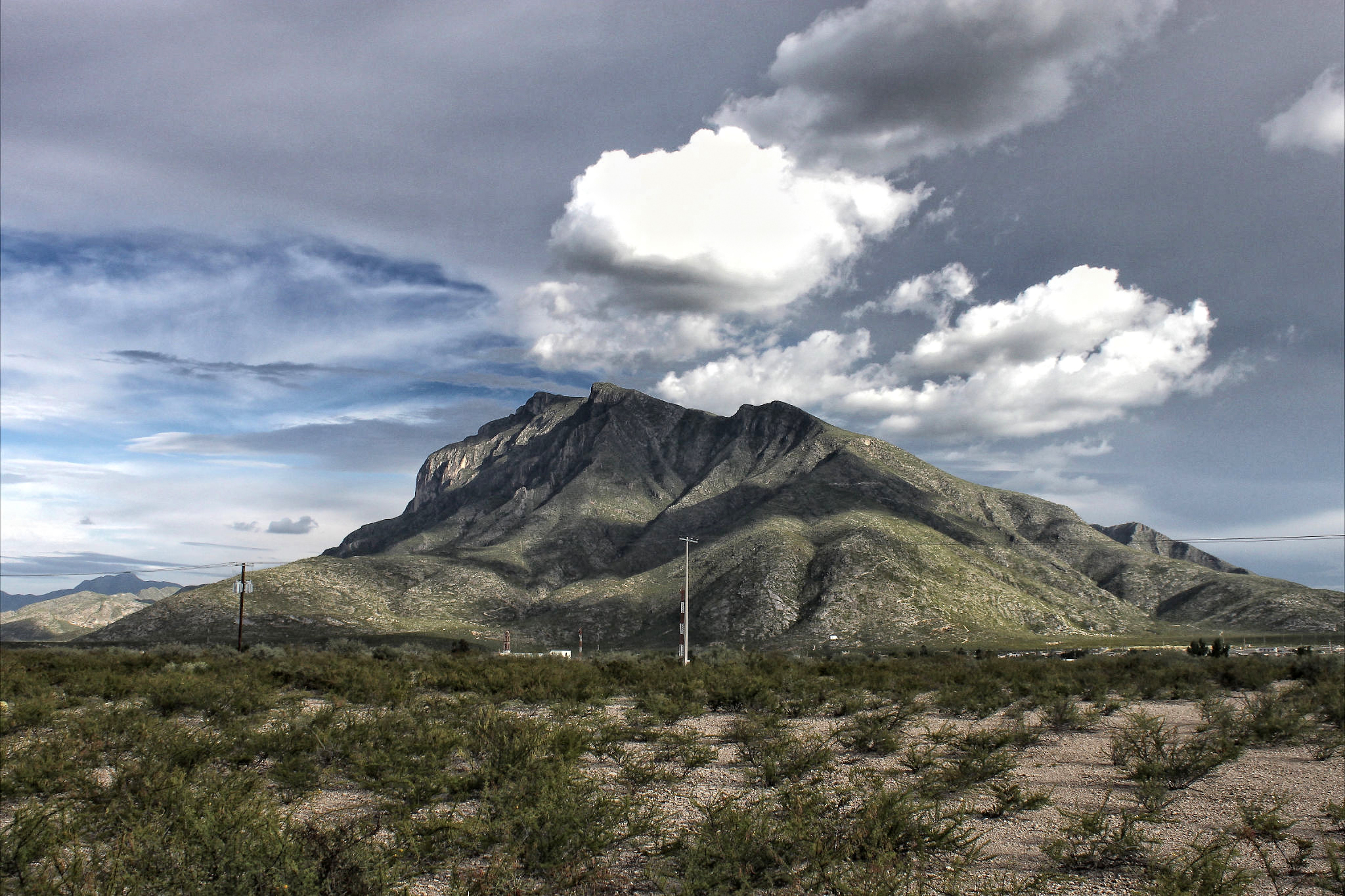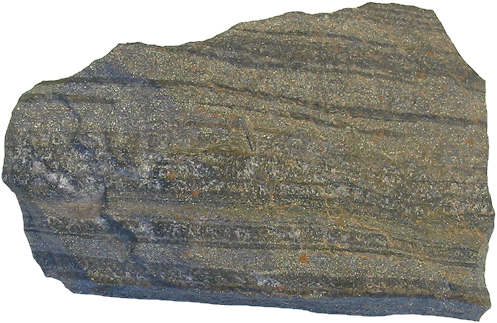|
Adamite
Adamite is a zinc arsenate hydroxide mineral, Zn2 As O4O H. It is a mineral that typically occurs in the oxidized or weathered zone above zinc ore occurrences. Pure adamite is colorless, but usually it possess yellow color due to Fe compounds admixture. Tints of green also occur and are connected with copper substitutions in the mineral structure. Olivenite is a copper arsenate that is isostructural with adamite and there is considerable substitution between zinc and copper resulting in an intermediate called ''cuproadamite''. Zincolivenite is a recently discovered mineral being an intermediate mineral with formula CuZn(AsO4)(OH). Manganese, cobalt, and nickel also substitute in the structure. An analogous zinc phosphate, ''tarbuttite'', is known. Occurrence Adamite occurs as a secondary mineral in the oxidized zone of zinc- and arsenic-bearing hydrothermal mineral deposits. It occurs in association with smithsonite, hemimorphite, scorodite, olivenite, calcite, ... [...More Info...] [...Related Items...] OR: [Wikipedia] [Google] [Baidu] |
Mapimí, Durango
Mapimí () is a city and municipal seat of the Mapimí Municipality in the Mexican state of Durango. As of 2015, the town of Mapimí had a population of 5,623. The Ojuela Mine, about southeast of Mapimí, is a famous locality for mineral specimens, especially adamite. History When the Spanish first arrived in the Mapimí area in the late 16th century, nomadic and semi-nomadic Native Americans such as the Tepehuan, Tobosos, and Cocoyones were the inhabitants.Griffen, William B. (1969), ''Culture Change and Shifting Populations in Central Northern Mexico,'' Tucson: University of Arizona Press, pp 75-76. Mapimi was founded on July 25, 1598 by Agustin de Espinoza, a Jesuit priest, and Captain Antón de Zapata, a soldier. The settlement was named Santiago de Mapimí. The name derives from the Cocoyones who called the area "Mapeme," meaning "high mountain." As with most early settlements in Northern Mexico, the abundant minerals in the area were the attraction for settlers. The ... [...More Info...] [...Related Items...] OR: [Wikipedia] [Google] [Baidu] |
Arsenate Mineral
Arsenate minerals usually refer to the naturally occurring orthoarsenates, possessing the (AsO4)3− anion group and, more rarely, other arsenates with anions like AsO3(OH)2− (also written HAsO42−) (example: pharmacolite Ca(AsO3OH).2H2O) or (very rarely) sO2(OH)2sup>− (example: andyrobertsite). Arsenite minerals are much less common. Both the Dana and the Strunz mineral classifications place the arsenates in with the phosphate minerals. Example arsenate minerals include: *Annabergite Ni3(AsO4)2·8H2O * Austinite CaZn(AsO4)(OH) * Clinoclase Cu3(AsO4)(OH)3 * Conichalcite CaCu(AsO4)(OH) *Cornubite Cu5(AsO4)2(OH)4 * Cornwallite Cu2+5(AsO4)2(OH)2 * Erythrite Co3(AsO4)2·8H2O * Mimetite Pb5(AsO4)3Cl * Olivenite Cu2(AsO4)OH Nickel–Strunz Classification -08- Phosphates IMA-CNMNC proposes a new hierarchical scheme (Mills et al., 2009). This list uses it to modify the Classification of Nickel–Strunz (mindat.org, 10 ed, pending publication). *Abbreviations: **"*" - discred ... [...More Info...] [...Related Items...] OR: [Wikipedia] [Google] [Baidu] |
Arsenate
The arsenate ion is . An arsenate (compound) is any compound that contains this ion. Arsenates are salts or esters of arsenic acid. The arsenic atom in arsenate has a valency of 5 and is also known as pentavalent arsenic or As(V). Arsenate resembles phosphate in many respects, since arsenic and phosphorus occur in the same group (column) of the periodic table. Arsenates are moderate oxidizers, with an electrode potential of +0.56 V for reduction to arsenites. Occurrence Arsenates occur naturally in a variety of minerals. Those minerals may contain hydrated or anhydrous arsenates. Unlike phosphates, arsenates are not lost from a mineral during weathering. Examples of arsenate-containing minerals include adamite, alarsite, annabergite, erythrite and legrandite. Where two arsenate ions are required to balance the charge in a formula, it is called diarsenate for example trizinc diarsenate, Zn3(AsO4)2. Ions The word arsenate is derived from arsenic acid, H3AsO4 ... [...More Info...] [...Related Items...] OR: [Wikipedia] [Google] [Baidu] |
Olivenite
Olivenite is a copper arsenate mineral, formula Cu2 As O4O H. It crystallizes in the monoclinic system (pseudo-orthorhombic), and is sometimes found in small brilliant crystals of simple prismatic habit terminated by domal faces. More commonly, it occurs as globular aggregates of acicular crystals, these fibrous forms often having a velvety luster; sometimes it is lamellar in structure, or soft and earthy. A characteristic feature, and one to which the name alludes (German, ''Olivenerz'', of A. G. Werner, 1789), is the olive-green color, which varies in shade from blackish-green in the crystals to almost white in the finely fibrous variety known as ''woodcopper''. The hardness is 3, and the specific gravity is 4.3. The mineral was formerly found in some abundance, associated with limonite and quartz, in the upper workings in the copper mines of the St Day district in Cornwall; also near Redruth, and in the Tintic Mining District in Utah. It is a mineral of secondary origin, a ... [...More Info...] [...Related Items...] OR: [Wikipedia] [Google] [Baidu] |
Hemimorphite
Hemimorphite is the chemical compound Zn4( Si2O7)( OH)2 ·H2O, a component of mineral calamine. It is a silicate mineral which, together with smithsonite (ZnCO3), has been historically mined from the upper parts of zinc and lead ores. Both compounds were originally believed to be the same mineral and classified as calamine. In the second half of the 18th century, it was discovered that these two different compounds were both present in calamine. They closely resemble one another. The silicate was the rarer of the two and was named ''hemimorphite'' because of the hemimorph development of its crystals. This unusual form, which is typical of only a few minerals, means that the crystals are terminated by dissimilar faces. Hemimorphite most commonly forms crystalline crusts and layers, also massive, granular, rounded and reniform aggregates, concentrically striated, or finely needle-shaped, fibrous or stalactitic, and rarely fan-shaped clusters of crystals. Some specimens show ... [...More Info...] [...Related Items...] OR: [Wikipedia] [Google] [Baidu] |
Hydrothermal
Hydrothermal circulation in its most general sense is the circulation of hot water (Ancient Greek ὕδωρ, ''water'',Liddell, H.G. & Scott, R. (1940). ''A Greek-English Lexicon. revised and augmented throughout by Sir Henry Stuart Jones. with the assistance of. Roderick McKenzie.'' Oxford: Clarendon Press. and θέρμη, ''heat'' ). Hydrothermal circulation occurs most often in the vicinity of sources of heat within the Earth's crust. In general, this occurs near volcanic activity, but can occur in the shallow to mid crust along deeply penetrating fault irregularities or in the deep crust related to the intrusion of granite, or as the result of orogeny or metamorphism. Seafloor hydrothermal circulation Hydrothermal circulation in the oceans is the passage of the water through mid-oceanic ridge systems. The term includes both the circulation of the well-known, high-temperature vent waters near the ridge crests, and the much-lower-temperature, diffuse flow of water through sed ... [...More Info...] [...Related Items...] OR: [Wikipedia] [Google] [Baidu] |
Mineral Deposit
Ore is natural rock or sediment that contains one or more valuable minerals, typically containing metals, that can be mined, treated and sold at a profit.Encyclopædia Britannica. "Ore". Encyclopædia Britannica Online. Retrieved 7 April 2021Neuendorf, K.K.E., Mehl, J.P., Jr., and Jackson, J.A., eds., 2011, Glossary of Geology: American Geological Institute, 799 p. Ore is extracted from the earth through mining and treated or refined, often via smelting, to extract the valuable metals or minerals. The ''grade'' of ore refers to the concentration of the desired material it contains. The value of the metals or minerals a rock contains must be weighed against the cost of extraction to determine whether it is of sufficiently high grade to be worth mining, and is therefore considered an ore. Minerals of interest are generally oxides, sulfides, silicates, or native metals such as copper or gold. Ores must be processed to extract the elements of interest from the waste rock. ... [...More Info...] [...Related Items...] OR: [Wikipedia] [Google] [Baidu] |
Smithsonite
Smithsonite, also known as zinc spar, is the mineral form of zinc carbonate ( Zn CO3). Historically, smithsonite was identified with hemimorphite before it was realized that they were two different minerals. The two minerals are very similar in appearance and the term calamine has been used for both, leading to some confusion. The distinct mineral smithsonite was named in 1832 by François Sulpice Beudant in honor of English chemist and mineralogist James Smithson (c.1765–1829), who first identified the mineral in 1802. Smithsonite is a variably colored trigonal mineral which only rarely is found in well formed crystals. The typical habit is as earthy botryoidal masses. It has a Mohs hardness of 4.5 and a specific gravity of 4.4 to 4.5. Smithsonite occurs as a secondary mineral in the weathering or oxidation zone of zinc-bearing ore deposits. It sometimes occurs as replacement bodies in carbonate rocks and as such may constitute zinc ore. It commonly occurs in association w ... [...More Info...] [...Related Items...] OR: [Wikipedia] [Google] [Baidu] |
Calcite
Calcite is a carbonate mineral and the most stable polymorph of calcium carbonate (CaCO3). It is a very common mineral, particularly as a component of limestone. Calcite defines hardness 3 on the Mohs scale of mineral hardness, based on scratch hardness comparison. Large calcite crystals are used in optical equipment, and limestone composed mostly of calcite has numerous uses. Other polymorphs of calcium carbonate are the minerals aragonite and vaterite. Aragonite will change to calcite over timescales of days or less at temperatures exceeding 300 °C, and vaterite is even less stable. Etymology Calcite is derived from the German ''Calcit'', a term from the 19th century that came from the Latin word for lime, ''calx'' (genitive calcis) with the suffix "-ite" used to name minerals. It is thus etymologically related to chalk. When applied by archaeologists and stone trade professionals, the term alabaster is used not just as in geology and mineralogy, where it is ... [...More Info...] [...Related Items...] OR: [Wikipedia] [Google] [Baidu] |
Scorodite
Scorodite is a common hydrated iron arsenate mineral, with the chemical formula FeAsO4·2H2O. It is found in hydrothermal deposits and as a secondary mineral in gossans worldwide. Scorodite weathers to limonite. Scorodite was discovered in the Schwarzenberg, Saxony district, Erzgebirge, Saxony, Germany. Named from the Greek Greek may refer to: Greece Anything of, from, or related to Greece, a country in Southern Europe: *Greeks, an ethnic group. *Greek language, a branch of the Indo-European language family. **Proto-Greek language, the assumed last common ancestor ... ''Scorodion'', "garlicky". When heated it smells of garlic, which gives it the name. References Further reading * Palache, C., H. Berman, and C. Frondel (1951) Dana's system of mineralogy, (7th edition), v. II, pp. 763–767 External links Webmineral data [...More Info...] [...Related Items...] OR: [Wikipedia] [Google] [Baidu] |



.jpg)

